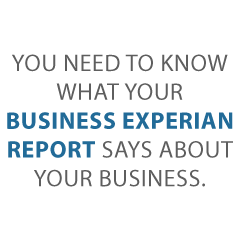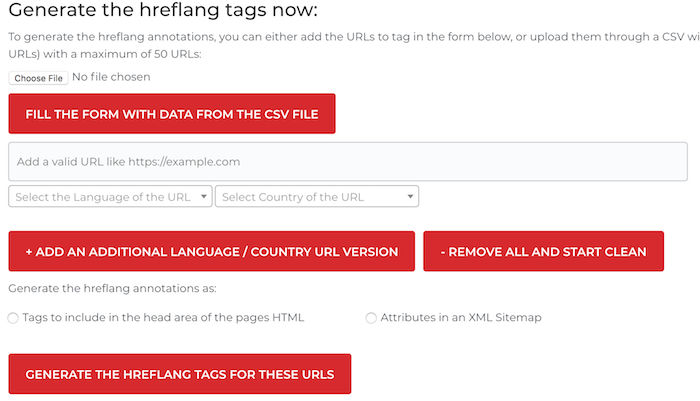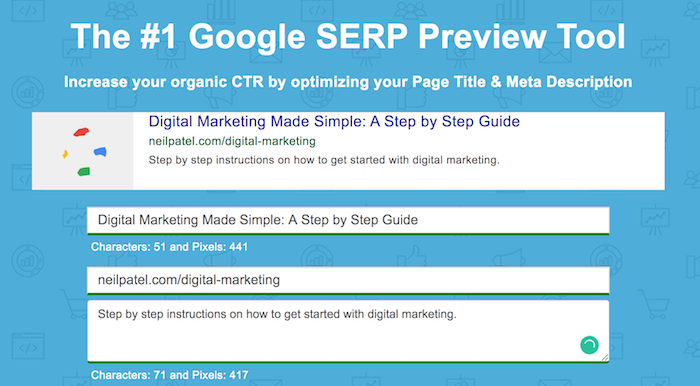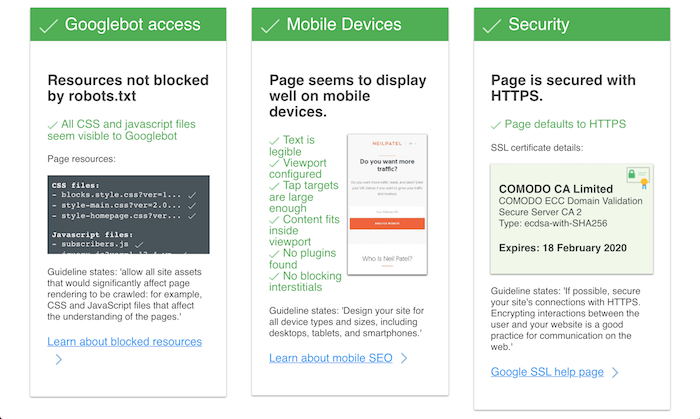
Looking for an Online Lender? We Have a List of 12 to Get You Started
Online lenders can be the perfect option for a business loan. This is especially true if your credit isn’t the best. An online lender is likely to have more relaxed terms and lower interest rates. Good ones can be hard to find however. We’ve done the research so you can get a head start on the game.
Need a Business Loan? Try These Top 12 Picks for an Online Lender
When looking for an online lender, it’s important that you find one that will work for your specific needs. They all have different requirements, terms and rates. Which one will work best for you will depend on a number of factors. For example, what do you need to funds for? How much do you need? What does your credit score look like? Consider the following options.
Find out why so many companies use our proven methods to get business loans.
Fundbox
If you start with a search for an online lender, Fundbox is going to be one of the first to pop up. It is a line of credit rather than a loan, but it is a great funding option because there is no minimum credit score requirement.
They offer an automated process that is super-fast. Repayments are automatic, meaning they draft them electronically, and they occur on a weekly basis. One thing to remember is that you could have a repayment as high as 5 to 7% of the amount you have drawn currently, as the repayment period is comparatively short. This means you need to be sure you have enough funds in whatever account you connect them to so that it can cover your payment each week.
Loan amounts come as low as $100 and as high as up to $100,000, but the max initial draw is $50,000. Though there is no minimum credit score requirement, they do require at least 3 months in business, $50,000 or more in annual revenue, and a business checking account with a minimum balance of $500.
BlueVine
You will find with most any online lender, they often offer options more similar to invoice factoring and lines of credit. This is because these present fewer risks than straight term loans.
The minimum loan amount available from BlueVine is $5,000 and the maximum is $100,000. Annual revenue must be $120,000 or more and the borrower must be in business for at least 6 months. Your personal credit score has to be 600 or above. It is important to note also, that BlueVine does not offer a line of credit in all states. You can find out more in our Bluevine review.
Upstart
Upstart is an online lender that uses a completely innovative platform for loans. The company itself questions the ability of financial information and FICO on their own to truly determine the risk of lending to a specific borrower. They choose to use a combination of artificial intelligence (AI) and machine learning to gather alternative data instead. They then use this data to help them make credit decisions.
This alternative data can include such things as mobile phone bills, rent, deposits, withdrawals, and even other information less directly tied to finances. The software they use learns and improves on its own. You can use their online quote tool to play with different amounts and terms to see the various interest rate possibilities. Typically, business loans are available ranging from $1,000 to $50,000. Interest rates vary greatly, ranging from 7.5% to 35.99%. Repayment terms can be either 3 -year or 5-year.
To be eligible for a loan with Upstart, you must meet the following qualifications:
- Credit score of 620+
- No bankruptcies or negative public records
- No delinquent accounts
- Meet debt to income standards (they only note they will check this ratio, not what their standards are.)
- Have fewer than 6 inquiries in the past 6 months on your credit report, not including those related to student loans, vehicle loans, or mortgages
These are the requirements they list on their website. One independent review said that the requirement for the debt to income ratio is a maximum of 45%. It also says that the minimum annual income has to be at least $12,000. For more information visit our Upstart review.
Find out why so many companies use our proven methods to get business loans.
Fora Financial
Founded in 2008 by college roommates, online lender Fora Financial now funds more than $1.3 million in working capital around the United States. There is no minimum credit score, and there is an early repayment discount if you qualify.
The minimum loan amount is $5,000 and the maximum is $500,000. The business must be at least 6 months in operation and the monthly revenue has to be $12,000 or more. There can be no open bankruptcies.
OnDeck
Obtaining financing from OnDeck is quick and easy. First, you apply online and receive your decision once application processing is complete. If you receive approval, your loan funds will go directly to your bank account. The minimum loan amount is $5,000 and the maximum is $500,000.
Just like any other online lender, they do have certain requirements to qualify for a loan. For example, a personal credit score of 600 or more. Also, you must be in business for at least one year. Annual revenue must be at or exceed $100,000. In addition, there can be no bankruptcy on file in the past 2 years and no unresolved liens or judgements.
Bond Street
Offering term loans of $10,000 to $1 million, Bond Street terms are for up to 1 to 3 years. Bond Street will ask for both EIN and SSN.
The offer arrives within 3 days. Bond Street will only do a soft credit pull, and 640 or better credit score is likely to get you a loan. However, Bond Street will look at other factors too. For example, they require 2 years in business and annual revenue of at least $200,000.
Rates start at 6% and go up to 22%. APR works out to 8 to 25%, and there is a 3 to 5 % origination fee.
Advantages are the soft credit pull and the fact that they will look at factors other than your personal credit if your FICO score is low. Another benefit is that Bond Street can offer very large loans if you qualify. Disadvantages are the longer time in business requirement and high APR.
Lending Club
Popular online lender Lending Club offers term loans. Business loans from $5,000 to $300,000. Loan terms are 1 to 5 years.
Get a quote in less than 5 minutes. Funds are available in as little as 48 hours if approved. There are no prepayment penalties.
Annual Revenue must be $75,000 or more. You must be in business for 2 years or more. Personal FICO score of 620 or better is required.
Rates of 5.99% to 29.99%. Total annualized rates starting at 8%.
Advantages are that the annual revenue requirement isn’t too high. Funds are available quickly. Disadvantages include high maximum rates.
Quarter Spot
Quarter Spot is an online lender that offers short term loans. $5,000 to $150,000 is available. The terms are 9 to 18 months. Quarter Spot will only do a soft credit check when you apply. They confirmed this information when we asked.
Your company must have annual revenue of $200,000 or more. You have to have a personal FICO Score of 550 or better. There is no fee to apply.
The minimum time in business is 12 months. You must have a minimum average bank balance of $20,000. You must also show a minimum of $16,000 in monthly sales.
The borrower must own at least 50% of the business. Their rates are 25% to 40%.
Advantages are that the personal FICO score requirement is relatively low. Minimum average bank balance requirement is also fairly low. Disadvantages are that maximum rates are rather high.
Rapid Advance
Rapid Advance offers standard, select, and preferred loans. For standard loans, $5,000 to $1 million is available. Their terms are 4 to 12 months.
Your company must have annual revenue of $120,000 or more. You must have a personal FICO Score of 580 or better. The minimum time in business is 2 years. There is a 1.16 to 1.30 factor rate.
For select loans, $15,000 to $1 million is available. Their terms are 6 to 15 months. You must have annual revenue of $240,000 or more and a personal FICO Score of 620 or better. The minimum time in business is 3 years. 1.12 to 1.31 factor rate.
For preferred loans with Rapid Advance, $15,000 to $200,000 is available. Their terms are 9 to 18 months. You must have annual revenue of $240,000 or more. You must have a personal FICO Score of 660 or better.
The minimum time in business is 6 years. You must have a minimum bank balance of $10,000 or more. Borrowers must have at least 10 deposits from 5 different sources every month. There is a 1.11 to 1.25 factor rate.
The advantages are a few choices for loan types. And the maximum available amounts are high. Disadvantages are minimum bank balance requirements are fairly high. Their annual revenue requirements are also high.
Kiva
Kiva is an online lender that is a little different. For example, the interest rate is 0%, so even though you have to pay it back it is absolutely free money. They don’t even check your credit. However, there is one catch. You have to get at least 5 family members or friends to throw some money in the pot as well. In addition, you have to pitch in a $25 loan to another business on the platform.
Find out why so many companies use our proven methods to get business loans.
Accion
If your personal credit is okay, Accion may be a good fit for small business startup loans bad credit. It is a microlender, a nonprofit, that offers installment loans to both startups and already existing businesses. The minimum credit score is 575. In some places they will go as low as 500. You don’t have to already be in business, but if you are not, you must have less than $500 in past due debt. In addition, your business needs to be home or incubator based.
Loans are from 6 to 60 months and interest rates range from 7% to 34%. A personal guarantee, and sometimes specific collateral, is necessary in most circumstances.
Credibly is a Great Online Lender
Credibly is also a good option for business loans for startups if you are already generating some revenue. They offer short term loans for both business expansion and working capital. You must be in business for at least 6 months to qualify, and they will approve loans to those with credit scores as low as 500.
Why Choose an Online Lender?
It is very possible you are reading this thinking to yourself, why would I choose an online lender over a traditional lender. There are actually a few reasons. First, it is often easier to get funding from an online lender. This is especially true if your personal credit score is not up to par.
Even if you have great business credit, most term loans and many lines of credit require a personal credit check. They may take your business credit into account, but if your personal credit stinks, it won’t help you much. Online lenders tend to have lower minimum personal credit score requirements than traditional lenders.
Next, an online lender will typically send you the funds faster. Sometimes you can have the money in as little as a few days, with approval coming in as little as 24 hours. The traditional lending process can take months.
An Online Lender Could be the Answer to Your Funding Needs
If you can go with a traditional lender, great. They often have better rates and terms. However, if you, like many business owners, do not have that option, an online lender may be the perfect solution. Approval requirements allow many more borrowers to get their funds quickly and easily. Take into account the following factors:
- How much do you need?
- What do you need the funds for?
- What is your credit score?
- How much of a payment/ interest rate can your budget handle?
It’s also important to note, there are a lot of predatory lenders online. You have to be careful. The list above is a great starting point, but don’t stop there. There are a lot of options, so take the time necessary to do your research.
The post Looking for an Online Lender? We Have a List of 12 to Get You Started appeared first on Credit Suite.













































